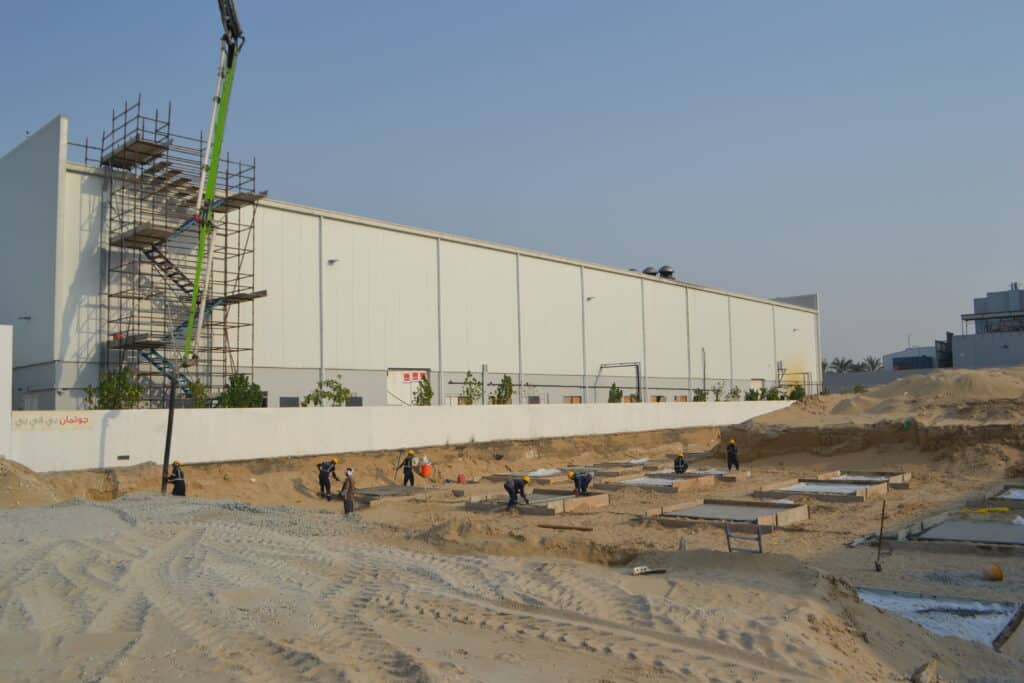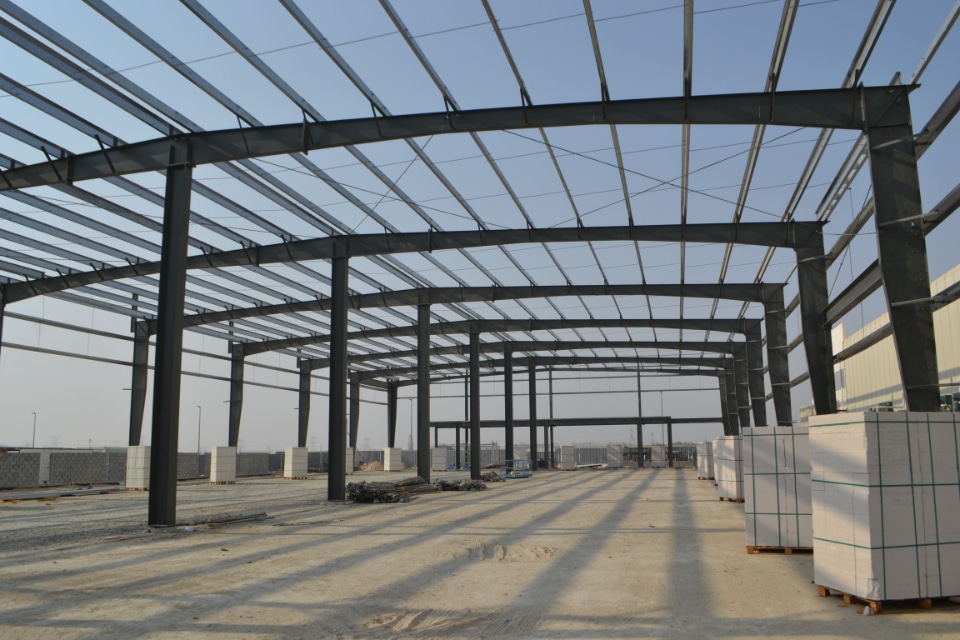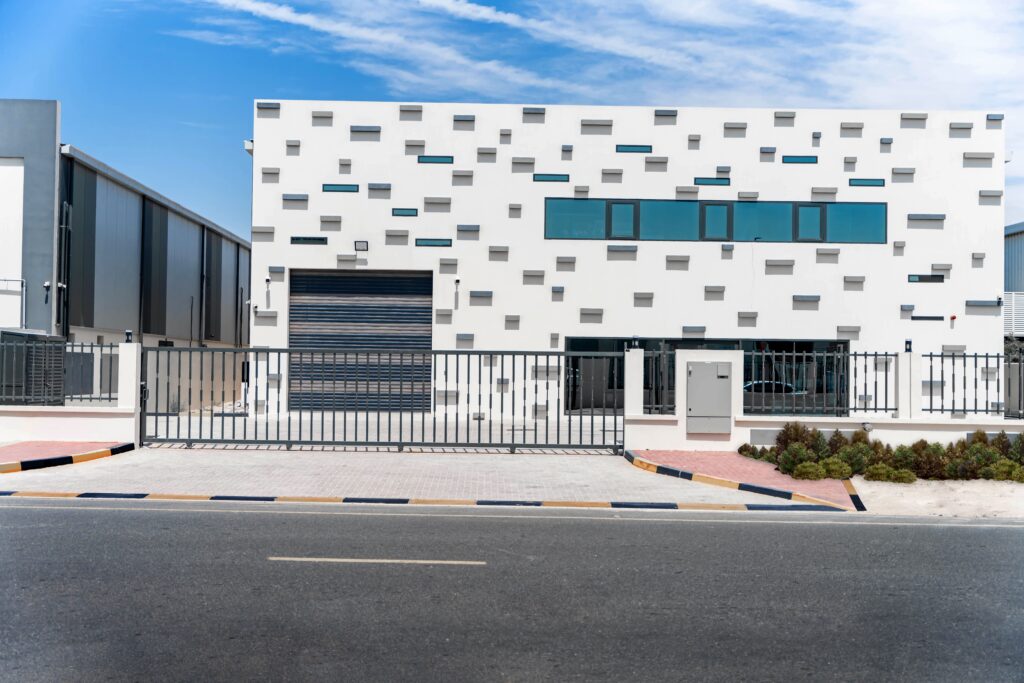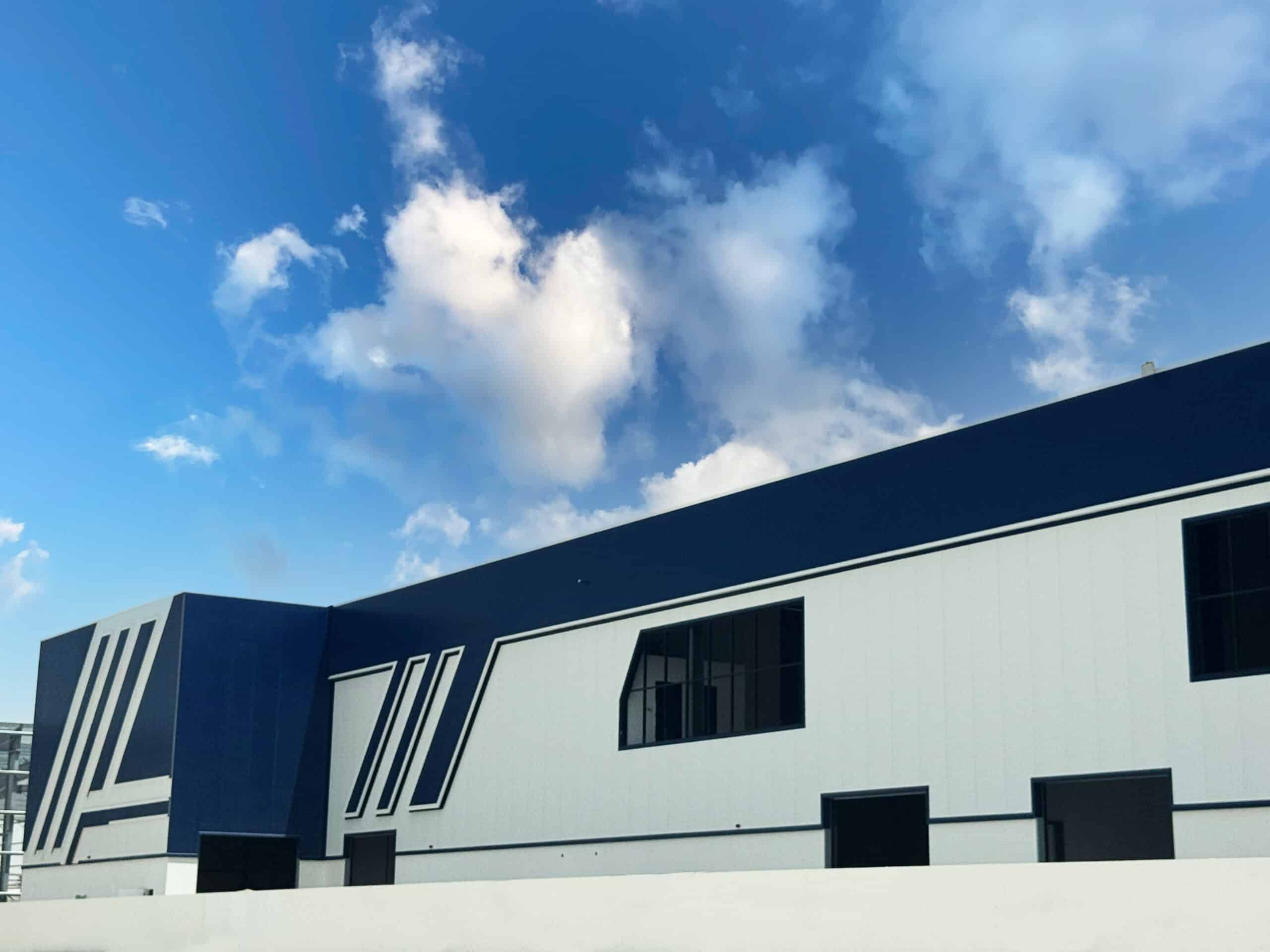Introduction
What is the meaning of MEP in construction? – In construction space, the meaning of MEP refers to mechanical, electrical, and plumbing engineering, the systems that make buildings functional, efficient, and livable. These interconnected disciplines are the backbone of modern structures, ensuring everything from climate control to power and water systems works seamlessly. With the global MEP services market expected to reach $133.2 billion by 2027 (Allied Market Research), the demand for well-designed MEP systems is higher than ever.
This article will explore what is the meaning of MEP in construction, its core components, and its role in creating smarter, more sustainable buildings. Whether you’re a professional or simply curious, this guide will provide valuable insights into one of construction’s most essential fields.

What is the meaning of MEP in construction?
Components of MEP: Mechanical, Electrical, and Plumbing
What is HVAC and MEP?
HVAC (Heating, Ventilation, and Air Conditioning) is a core part of MEP systems, responsible for regulating temperature, humidity, and air quality. These systems keep buildings comfortable and safe, ensuring fresh air circulates and pollutants stay at bay.
- Oversized systems, though often mistaken for “better,” can cause inefficiencies like fluctuating temperatures and increased wear on equipment.
- Well-designed mechanical systems strike a balance, optimizing energy use while maintaining ideal indoor conditions.
Electrical Systems: Powering Buildings Efficiently
Electrical systems include everything from lighting and power outlets to complex wiring for HVAC and water pumps.
- Advanced software helps engineers design circuits that minimize material use and avoid conflicts with other systems.
- LEDs are a popular choice in MEP designs, offering up to 90% energy savings compared to traditional lighting.
- Collaboration between mechanical and electrical engineers ensures HVAC systems operate reliably and safely.
Plumbing Systems: Water Supply and Fire Protection
Plumbing is about more than running water—it’s about safe, efficient systems that manage water supply, drainage, and fire protection.
- High-rise buildings require water booster pumps, powered by electrical systems, to ensure adequate water pressure.
- Fire safety is a critical component, with automatic sprinkler systems often mandated by local codes.
- Advanced MEP software simplifies the layout of complex piping systems, improving accuracy and reducing clashes with other installations.

How MEP Engineering Streamlines Construction
Using Advanced Software in MEP Design
Modern MEP engineers use advanced tools to automate repetitive tasks and focus on optimizing system performance.
- 3D modeling software allows for precise designs that can be referenced during construction and maintenance.
- These tools also help prevent costly errors by simulating how different systems interact.
Collaboration Among MEP Disciplines
Mechanical, electrical, and plumbing engineers must work closely to ensure systems integrate seamlessly. A collaborative approach avoids issues like overlapping equipment or inefficient designs.
Preventing Equipment Location Conflicts
When MEP systems are designed in isolation, conflicts like overlapping ducts and pipes can arise. Integrated MEP planning eliminates these problems, ensuring everything fits and functions as intended.
MEP Engineering and Sustainability
Energy Efficiency through MEP Systems
Efficient HVAC systems, LED lighting, and smart controls are at the heart of sustainable MEP designs. These technologies reduce energy consumption and carbon footprints, aligning with green building standards.
Water Conservation and Plumbing Innovations
From low-flow fixtures to touch-free taps, plumbing innovations help save water and reduce waste. Advanced MEP designs can also detect leaks, preventing unnecessary water loss.
Renewable Energy Integration in MEP Design
Solar panels and other renewable energy systems are increasingly incorporated into MEP designs, allowing buildings to generate their own power and reduce dependence on the grid.
Challenges in MEP Engineering and How to Overcome Them
MEP systems are complex, and ensuring seamless integration is no small task. Common challenges include:
- Balancing performance with cost-efficiency.
- Complying with strict local building codes.
- Coordinating designs across disciplines to avoid conflicts.
Overcoming these challenges requires experienced MEP engineers, advanced software tools, and a collaborative approach among all stakeholders.

The Role of MEP Engineers in Construction Projects
MEP Engineering During Design and Planning
MEP engineers play a critical role in the early stages of construction, working closely with architects and contractors to create detailed plans. They consider everything from energy loads to code compliance, ensuring systems are efficient and future-proof.
Coordination During Construction
During construction, MEP engineers oversee installations, ensuring they align with designs and stay on schedule. They also provide progress reports and troubleshoot issues as they arise.
The Future of MEP in Construction
As technology advances, MEP systems are becoming smarter and more sustainable. Building automation systems now control everything from HVAC to security, creating more efficient and comfortable environments. The future of MEP engineering lies in embracing innovation to meet the growing demands of modern construction.
MEP in the UAE: A Hub for Innovation
The UAE has emerged as a leader in MEP engineering, with its ambitious infrastructure projects setting benchmarks for the industry. Companies like Modern Steel House (MSH) are at the forefront, leveraging advanced MEP designs to deliver efficient, sustainable, and cutting-edge solutions. From high-rise towers in Dubai to sprawling residential complexes, the UAE showcases the power of MEP systems to create world-class buildings. MSH exemplifies the integration of technology and expertise, ensuring every project meets the region’s high standards for comfort, safety, and sustainability.
Summary
So, what is the meaning of MEP in construction? As Mep extends far beyond its acronym of Mechanical, Electrical, and Plumbing—it represents the systems that bring buildings to life. These disciplines work together to ensure structures are comfortable, functional, and efficient, whether through climate control, safe power distribution, or reliable water and drainage systems. By integrating MEP systems during the design phase, engineers can avoid equipment conflicts, optimize resources, and create sustainable solutions.
From the importance of HVAC systems to the role of advanced software in coordinating complex layouts, MEP engineering remains a cornerstone of modern construction. With the global MEP market expected to grow significantly, the industry is adapting to meet the demand for energy-efficient and sustainable designs.
As exemplified in innovative projects across the UAE and beyond, MEP systems are not just technical necessities—they are the key to creating smarter, more future-ready buildings. Whether it’s understanding the meaning of MEP in construction is or exploring how these systems shape our spaces, MEP continues to redefine what’s possible in the built environment.

